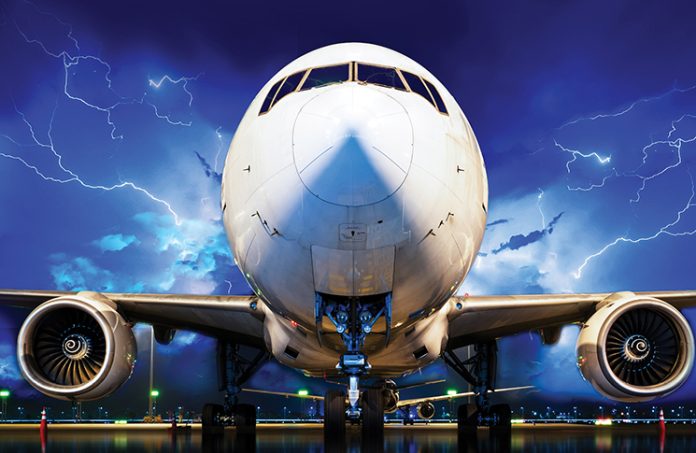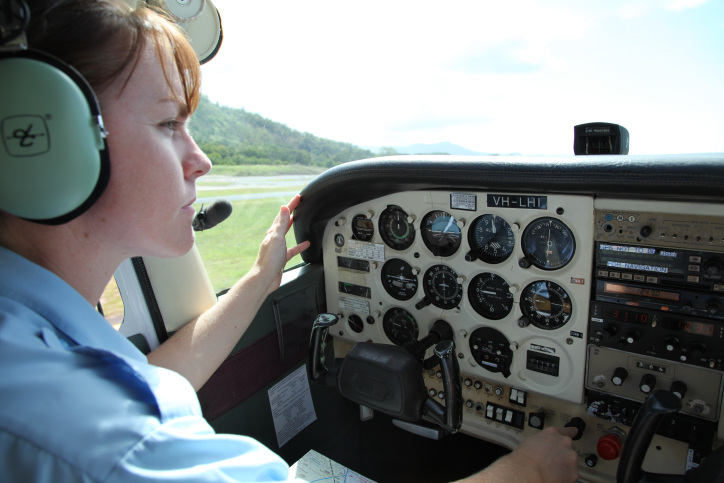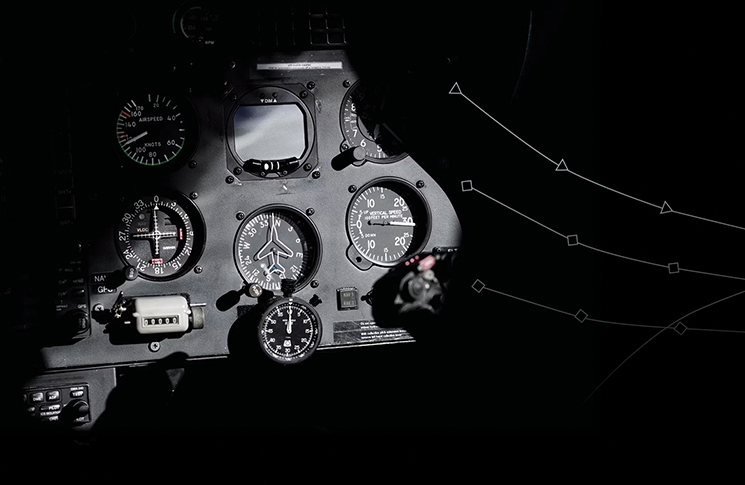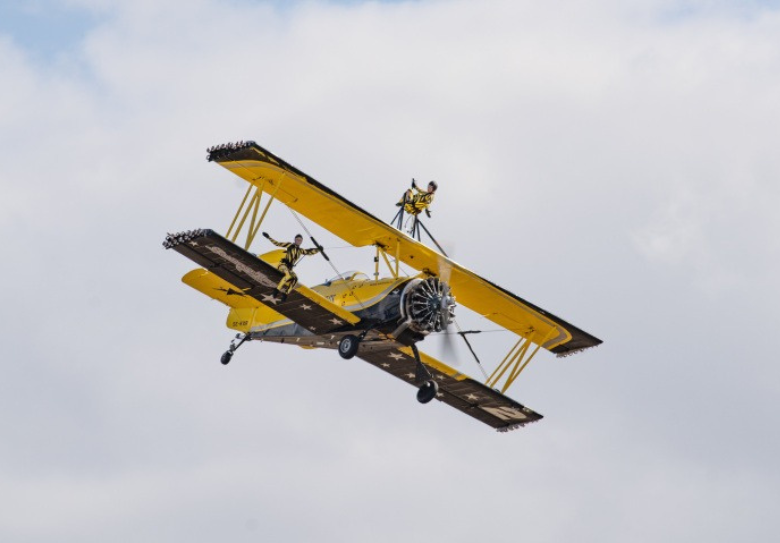Pilots should never be afraid of creating a delay if the aircraft is not fit for flight. And passengers annoyed by this might care to think about what the alternative could have been, as Robert Cassidy writes.
Airline delays and cancellations have been in the news recently, with accusing fingers pointed at airline management, but there are many reasons for a flight to be delayed or cancelled.
To use the cleaned-up version of a popular saying, ‘stuff happens’. How many times have you got into your car, put the key in the ignition and turned it, just to get only a click or dead silence, or discovered a flat tyre just before leaving home?
Stuff happens to aircraft, too. And aviation systems are vastly more complex and fraught with opportunities to frustrate the best intentions to depart on time. Safety must come first.
Lightning
In August 2010, while serving as a captain of Boeing 737‑800s, I arrived at Shanghai-Hongqiao Airport to report for a Shanghai Airlines flight, an hour before departure. I had a flight earlier in the day. The weather had been foul for nearly a month. That day, the airport was enveloped in thunderstorms. There was lightning and lashing rain and more than 30 aircraft waiting for departure, due to the severe weather.
When I arrived at the aircraft, the ground crew told me, ‘Fiejie hao da’, with a thumbs up and a big smile. That means, ‘Aircraft OK’ in Mandarin, but I was still wary, because that was part of my job.
During my external preflight, in the downpour, with drips of water running down the back of my shirt collar, I discovered burn marks, black streaks, melted aluminium, black pinholes and melted rivets on the left side of the nose section, below the captain’s seat. What other structural or avionic damage lay out of sight? We weren’t going anywhere.
In 2010, Shanghai Airlines’ aircraft had suffered at least 20 lightning strikes.
The crew of the inbound flight had not reported the aircraft had suffered a lightning strike. They probably did not want to lose face or incur the wrath of airline management. That risk, they passed on to me.
The aircraft had to be inspected, according to a Boeing checklist, which caused a delay and ultimately the cancellation of the flight, because my crew and I ran out of duty time.
Fuel leak
In July 2013, I was serving as a captain flying an Air Niugini Boeing 737-800. I was doing my line check and it was my last flight before I was to be released for regular line flying. This particular flight was the first flight of the day, from Sydney. The aircraft was refueled for the flight to Port Moresby.
As I was concluding my external preflight, under the left wing I noted the typical condensation caused by cold Jet A1 in the number 1 main-wing tank. At one of the under wing inspection panels, I noticed grey streaking and discolouration of the liquid under the wing and a corresponding stain on the concrete ramp, beneath the wing. I reached down to dip a fingertip in the damp spot on the ground to smell it, to determine if it was water or jet fuel.
‘Damn, jet fuel!’, I thought to myself. The location was just outboard from the number 1 engine exhaust, which would be a potential fire risk during taxi. I asked the ground crew for an inspection stand so I could take a closer look. Then I went to the flight deck to speak with the check and training captain, who was busy doing the cockpit preflight and set up.
As we got along well and he trusted my decision-making, he came to investigate and agreed with me the leak needed to be investigated. He called Dispatch to advise of our delayed departure. Unfortunately, the crew taking the aircraft overnight to Narita would be delayed. It is the aviation domino-effect – sad but true. And the passengers would be inconvenienced.
The inspection platform arrived and I climbed up and realised my suspicion was correct – it was leaking fuel. The gate manager was advised the flight would be delayed.
The maintenance crew inspected and agreed with my suspicion. They tried to tighten the screws, to no avail. Fuel still leaked, down the dihedral of the wing toward the engine.
I had mixed feelings. I was disappointed the flight was delayed, because I could not make my last flight before being released to fly the line as a fully-fledged captain for Air Niugini and it would have to be rescheduled. But I also felt pretty good, because leaking fuel onto hot engine components could have caused a wing fire and explosion during taxi. En route, a fuel leak could cause a lateral unbalance, leading to an out-of-trim situation and, in the worst case scenario, a diversion due to insufficient fuel. And Flight PX054 from Port Moresby to Tokyo-Narita was the longest, at 7 hours, at night and over water, usually dodging thunderstorms. Not the best place to be short of fuel!
It was decided the aircraft would need to be grounded and the flight cancelled.
Before the inspection panel could be removed, the Boeing 737NG needed to be de-fueled and this was a painfully slow process. The defueling truck was puny. It needed to offload the fuel it had withdrawn and then return to the aircraft to drain another load. This seemed to take a very, very long time – long enough that I could take photos.
As a result, it was decided the aircraft would need to be grounded and the flight cancelled, until another aircraft could replace it.
Consequences
This was disappointing for the passengers, cabin crew and, as mentioned, frustrated plans to complete my line check. But the alternative scenario could have been much worse, had I done a half-hearted preflight inspection or assumed the damp spot was just water.
These two problems with serviceability – lightning strikes and leaking fuel – show a pilot should never be afraid to delay an aircraft if, in their opinion, it is not fit for flight. In aviation, everything has consequences.






Excellent article.
And it reminds me not to hesitate to execute a GO – AROUND when things are not clear without hesitation.
As if the plane is not in conditions and delay the flight.
It’s also annoying and causes delays, but an accident can be worse.
If there are doubts, there are no doubts.
Gustavo De Ibarra
ATPL
B732/DHC8/ SA226-227
From Argentina
That old aviation quote ” its better to be on the ground wishing you were in the air than in the air wishing you were on the ground” applies here.